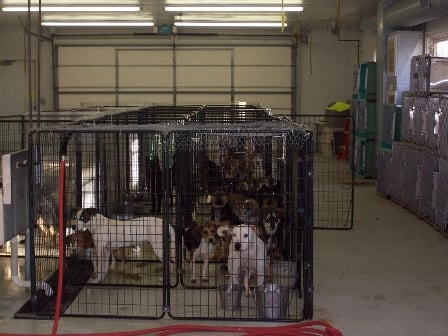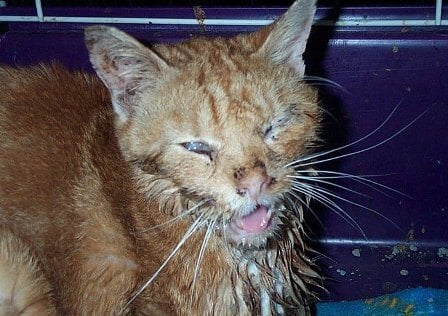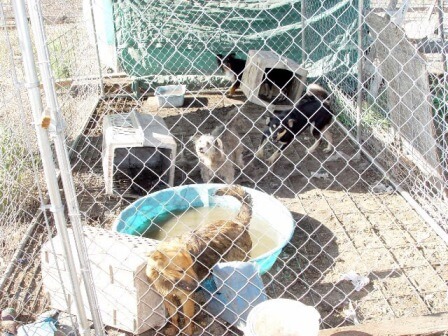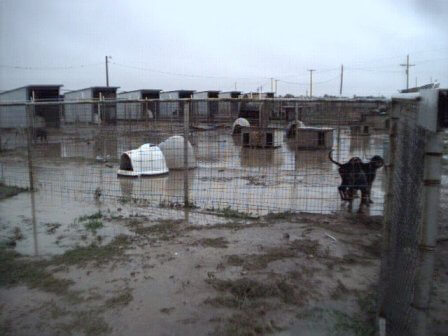Hoarders Hurt Animals
Animal hoarding was a dirty secret until hoarders began to appear on our TV screens and showed us how they are compelled to collect so many dogs, cats, or parrots that the animals end up living in cages that are only inches bigger than the animals’ own bodies—for their entire lives.
Imagine what it must be like for these animals—stuck in a see-through box, sitting in their own filth, unable to take a step, never comfortable, constantly being yelled at to be quiet, or ignored because their captors are so accustomed to hearing them crying, whining, and working away at the cage bars?

Now, though, the cat’s out of the bag, and perhaps more cats will soon be out of hoarders’ hands.
But, like a virus, the hoarding impulse has morphed into something even more insidious. Hoarders are trying to take over our animal shelters.
One hundred years ago, New Yorkers stopped stray dogs from being drowned in the Hudson. Forty years ago, humane societies stopped municipalities from killing unwanted dogs and cats by using hot, unfiltered truck exhaust fumes, causing the animals to choke to death.
Today, while some primitive pounds remain, great strides in humane sheltering standards have been made. There are places where behaviorists work to reduce abandoned animals’ separation anxiety, groomers cut away matted hair to make animals comfortable and adoptable, and walkers are employed to ensure that no cage paralysis sets in. There are municipal animal shelters that cope with tens of thousands of animals a year yet still provide a comfortable, caring environment.
But “institutional hoarders” now threaten to turn back the clock on these hard-won reforms by bullying authorities into adopting magical-sounding “no-kill” policies that do animals no favors. Inside such hoarding facilities (many of which eventually end up in the news after raids by law enforcement agencies), dogs and cats—sick or healthy, old or young—are reduced to withdrawn and pathetic wrecks because of the crowding and neglect that they endure.


In well-run animal shelters, managers know that you can’t store animals as if they were oranges. Tough decisions must be made about who remains on the adoption floor and who goes to sleep forever. As long as people fail to spay and neuter their animal companions, continue to acquire and dispose of animals casually, and buy from breeders and pet shops instead of adopting, there will be far more dogs and cats than there are good homes for them all. Millions more.
Many hoarding facilities leave the dirty work to others, refusing to accept sick, aged, or “unadoptable” animals. In order to avoid euthanasia, they reduce operational hours to prevent drop-offs and adopt animals into bad homes. Severe crowding means that diseases flourish, causing misery and, ironically, often leading to mass euthanasia of all the animals, even those who entered the facility in good health.
In New Jersey recently, a no-kill group that had been in charge of a particular animal shelter left the shelter to another group’s management. Their successors had this to say about what they found when they took over:
“The conditions at the shelter are … what’s the right word? Abysmal, horrendous, shocking, horrifying, take your pick. It’s difficult to put into words what it’s like to see 99 dogs crammed into a facility built to comfortably house only 50. What it’s like to witness 274 cats in a building meant for only 80. Perhaps the best description is a word we in this field know only [too] well: HOARDER.
“The facility is disgusting. … Cats come in healthy, get sick, and die. Kittens drop dead in their cages every day. … Dogs … spend 23 1/2 hours in cages where they can’t stand up or turn around, can’t stretch their limbs, where they can’t get away from their own filth. Their noses are rubbed raw and bloody and many have split pads from getting their feet caught in the wire pop-up cages meant for cats. And this place called itself a no-kill shelter.”
Giving an animal a quiet, painless, and peaceful death is a sad indictment of our throwaway society, but a life in a cramped, filthy cage is not a “rescue.”

Last month in Virginia, PETA ran an ad pleading for homes for 28 cats. Three people responded. In the same area, PETA has spayed or neutered more than 63,000 dogs and cats. Birth prevention never completely staunches the flow of unwanted animals, but “fixing” one dog or cat saves countless more animals from homelessness and misery.
Municipalities need to stand firm. Time and money must go into mandatory spaying and neutering as well as guardianship education—not into warehousing animals. The no-kill movement is harmful to humane sheltering.

